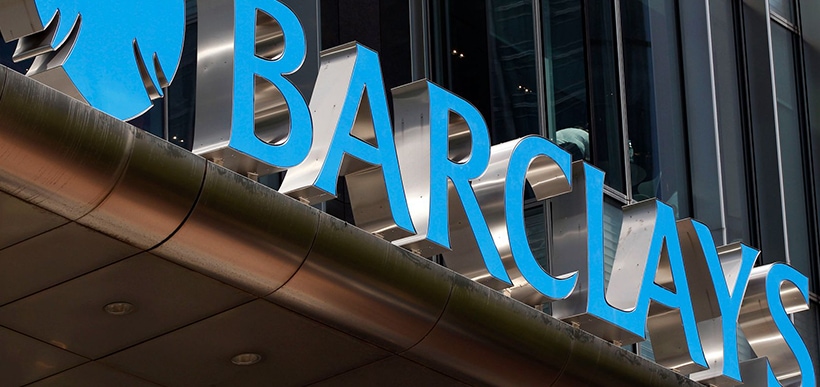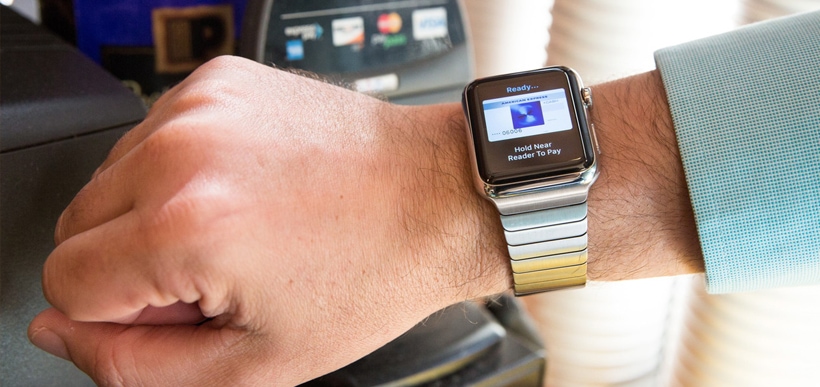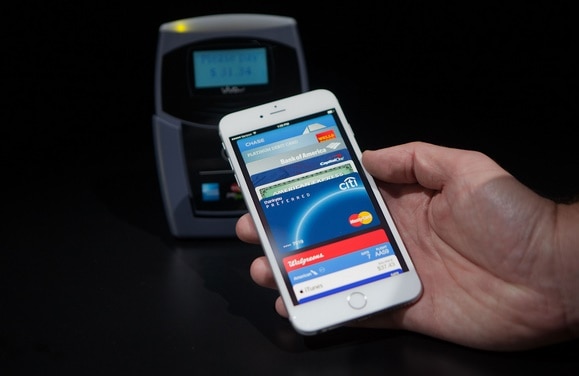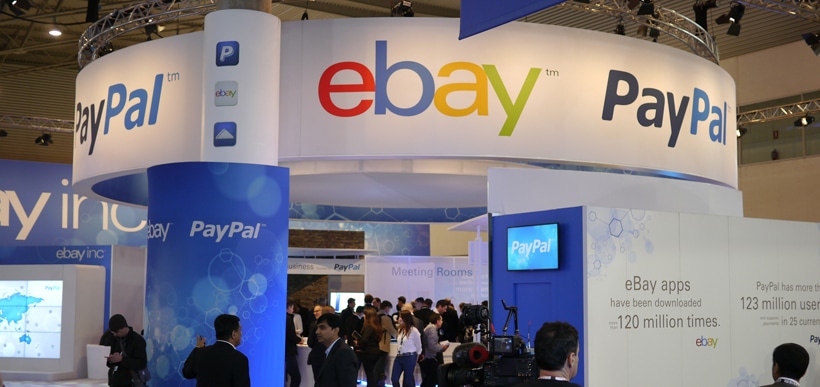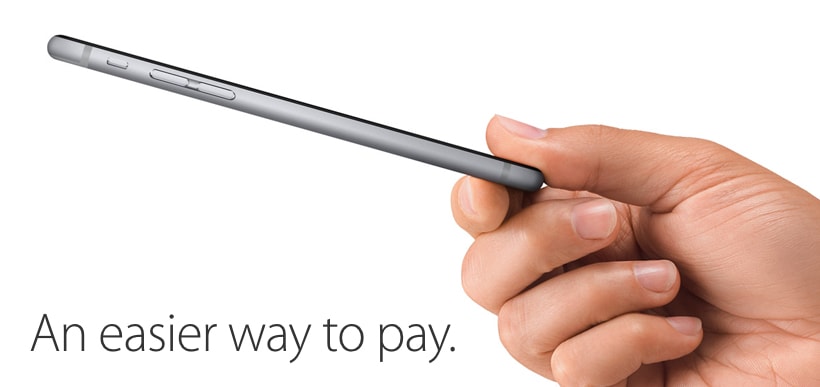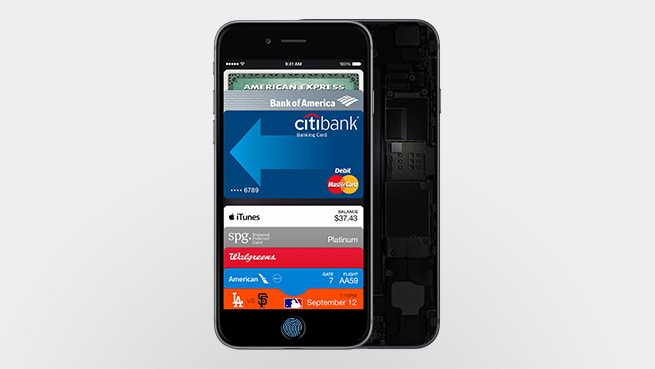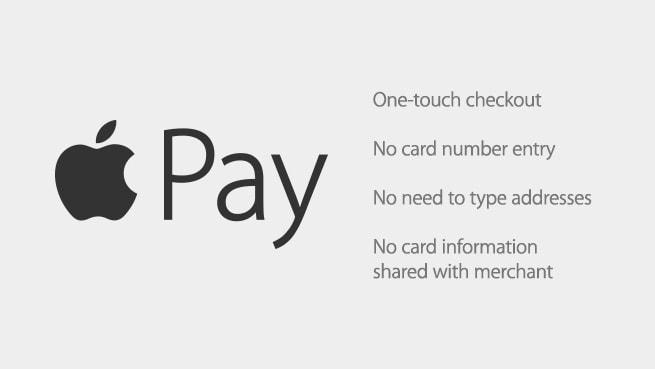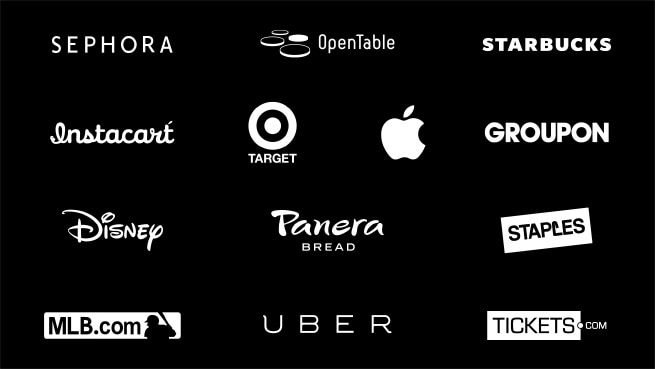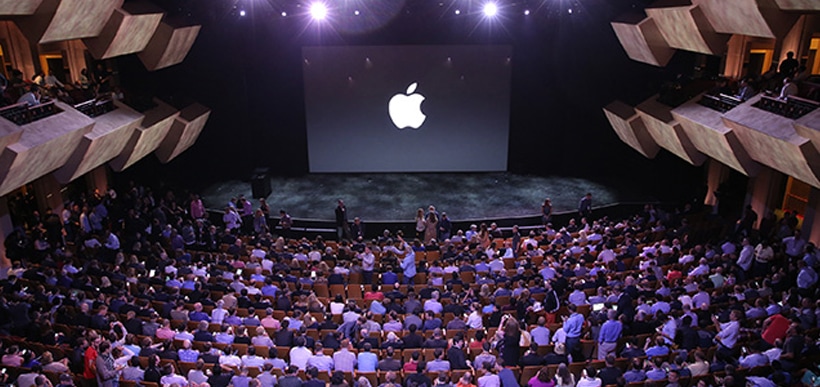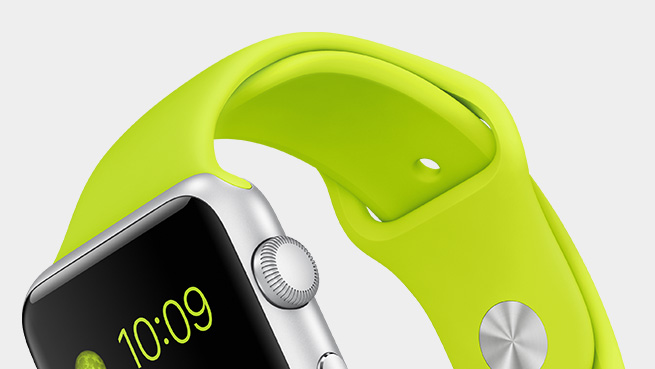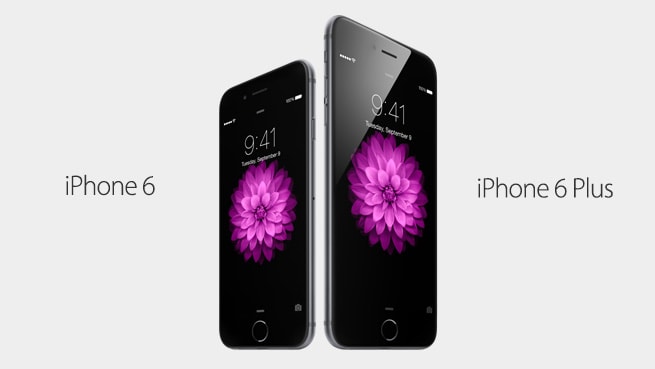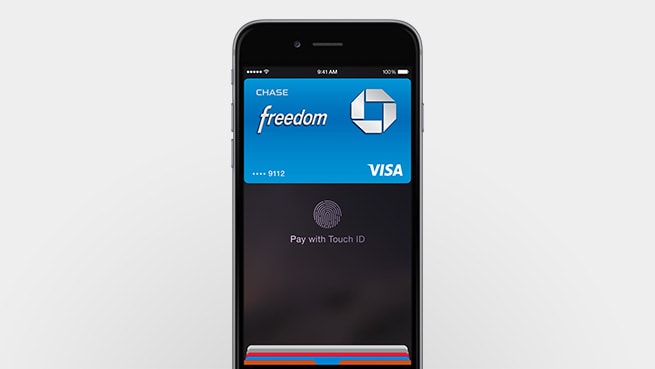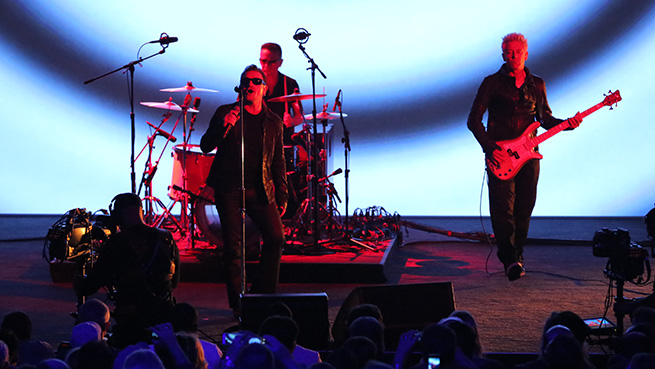Even though Apple Pay launched at over 250,000 locations across the United Kingdom in July, not all major banks support Apple’s payment service. Banking giant Barclay’s have however announced their plans to roll out Apple Pay early in 2016.
Even though Barclay’s UK implements Apple Pay early in the new year, no specific launch particulars or time has been officially announced, with Barclay’s CEO of Personal and Corporate Banking, Ashok Vaswani stating in a customer email to Techradar’s Mike Jobson:
“We have signed up for ApplePay and will launch it very early in the New Year. We truly value your custom and hope that you continue to bank with us particularly since we are launching this shortly.”
Here is a list of the UK banking institutions that support Apple Pay, excluding Barclay’s imminent integration:
- American Express
- Bank of Scotland
- First Direct
- Halifax
- HSBC
- Lloyds
- M&S Bank
- MBNA
- Nationwide Building Society
- NatWest
- Royal Bank of Scotland
- Santander
- Ulster Bank
Barclay’s Late Adoption of Apple Pay
Barclay’s is the last major UK based banking institution to adopt Apple Pay as a supported platform. It is unclear as to why Barclay’s took so long to integrate Apple Pay, but it is fantastic news for many nonetheless. The delay experienced is most likely due to Barclay’s development of their own contact-less payment system, although this is just speculation.
The arrival of Apple Pay for Barclay’s customers may come in as soon as four or five months. The only banking institution in the UK still to adopt Apple Pay is TSB. With eleven banks in the United Kingdom already supporting Apple Pay it is likely that FSB will follow suit, Barclay’s eventually have!
While no official statement regarding the late option of Apple’s mobile payment gateway has been declared, it is evident that Barclay’s have sent a clear message to competitors. They pay attention to their own endeavours first, as any leading business should do. Barclay’s adoption of Apple Pay eventually is arriving, but it is clear they were in no hurry.
